More than mere data.
Since the late 1980s, the video game industry has been in an arms race for “realism.” Which system has the “best graphics?” How many bits can we store in the cartridge? What experience is the most immersive? When talking about the presentation of a video game, or any art for that matter, a viewer must take into account the different components that are mixed together to garner a bigger whole.
So You Wanna Design…
Do you ever think about the games you are playing in terms of the art that is on screen? The animation, the colors, the environments, everything? Talented teams of artists put the graphics together.
Idea to the Screen
This is where art direction comes into play. Art Directors, like Lisette Titre-Montgomery, are responsible for constructing the overall presentation of a piece of art. When you engage with a game or a film it is important to break the experience into smaller pieces. When you look at the screen, what do you notice first? What does the character look like? How about what the landscape looks like; what types of flora and fauna are around? When you take control of the character, do you notice how they walk/run around in the world? What about the mini map in the corner?
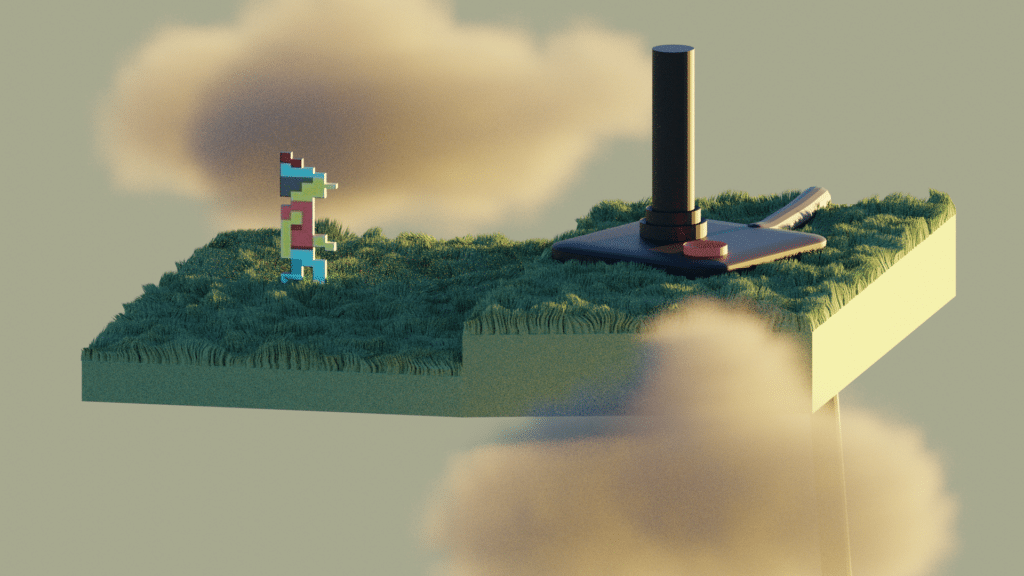
Building the Vibe
When you engage with a game or a film it is important to break the experience into smaller pieces. Elements such as UX, animation, music, sound effects, and many other components come together to build the aesthetics of a game.
When you take control of the character, do you notice how they walk/run around in the world? What about the mini map in the corner? Do you like the size or colors of the UX and how they compliment the colors of the rest of the game?
We cannot forget the importance of sound effects and music. Is the soundtrack “hype” like a Street Fighter or is it “chill” a Minecraft? Do monsters in your project sound like one real world animal or a mixture of a couple types. Make a playlist of your favorite music and sound effects so it can build the auditory landscape of your project.
In order to make a game it is best practice to create a moodboard for your project’s look and feel. Try sourcing images from all around the internet or your personal archive to set character designs, environments, music, sound effects, etc. Google Slides is a great way to collect, collaborate, and share these ideas for your dream game!
Creating rich and engaging worlds and gameplay loops is hard work. It is the exciting first step into developing a larger universe!
Crunch Time
The journey of video game development begins with the planning stage, where you shape your initial vision into a concrete concept. This phase involves critical decisions such as selecting the game’s genre, determining whether it will be 2D or 3D, and choosing the appropriate art style and gameplay mechanics.
This video produced by the Game Maker’s Toolkit will help you to develop your first game, a version of the iconic iOS game Fappy Bird. The Unity engine, a tool used for game development, is an industry standard.
Countdown to Launch
Once the foundational aspects are in place, the focus shifts to creating a proof of concept, which assesses the practicalities of turning your idea into a reality. This involves estimating the game’s cost, securing funding, and determining the development timeline. It’s also crucial to evaluate whether you have the necessary skills or need to assemble a team, and to decide on the game’s monetization strategy and platforms for release. Indie developers often seek alternative funding methods like crowdfunding or Early Access to support their projects.
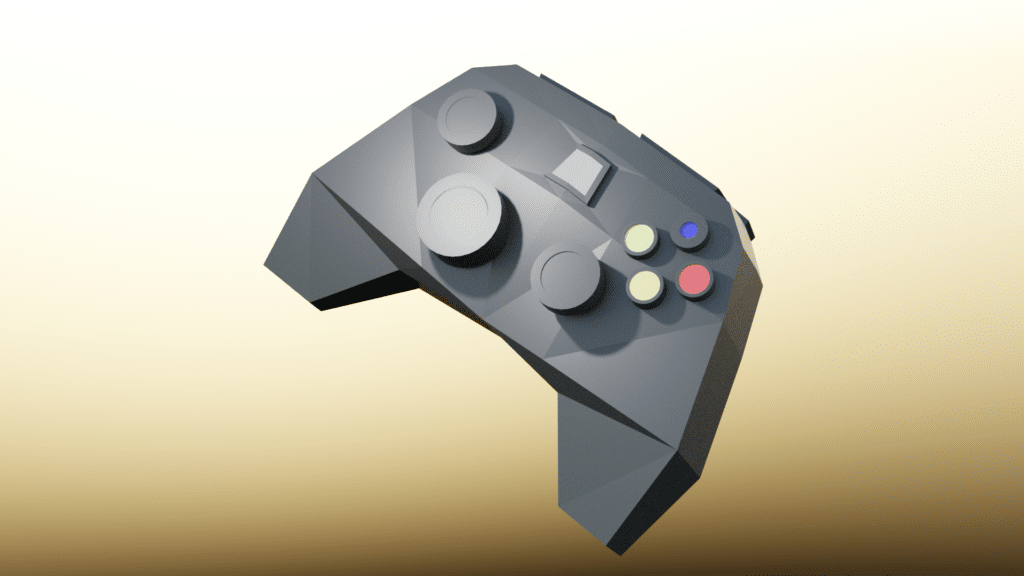
DIY Activity
Below is an example of a game coded in the programming language C#. These functions dictate the ambulation of a character in any type of game. Besides the art direction and asset development, coding is the most integral part of game development. Unity is a great place to cut your teeth and allow you to create your first game project.
What you’ll need:
Unity Real-Time Development Platform
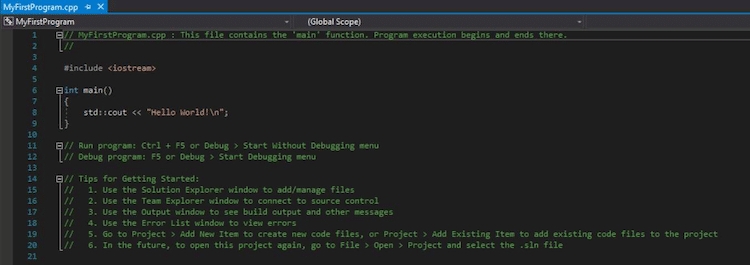
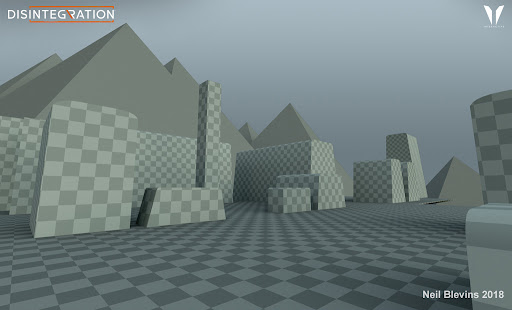
The only thing used for this tutorial you will need the open source program Unity. The tutorial will lead you through the steps in understanding node based coding to make your first game.
This tutorial is very thorough, but feel free to slow down and rewind it to see details you might not have missed. There are chapters imbedded in the video so you can follow along at your own pace.
It is important to remember you do not need to do this entire project in one sitting. Great art takes time and so does learning new skills. If you get frustrated take time away then come back to it!
What’s the Science?
Computer science is the study of computers and computational systems, encompassing both hardware and software. At its core, computer science focuses on the theoretical foundations of information and computation, which underpin the design and implementation of software and hardware systems. This field involves understanding algorithms, which are step-by-step procedures for solving problems or performing tasks, and data structures, which are ways to organize and store data efficiently. Coding is science, but in the framework of video games or data art like the works of Refik Anadol it can be as engaging as traditional art practices. Designers like Anadol use machine learning and big data sets to create large, colorful landscapes.
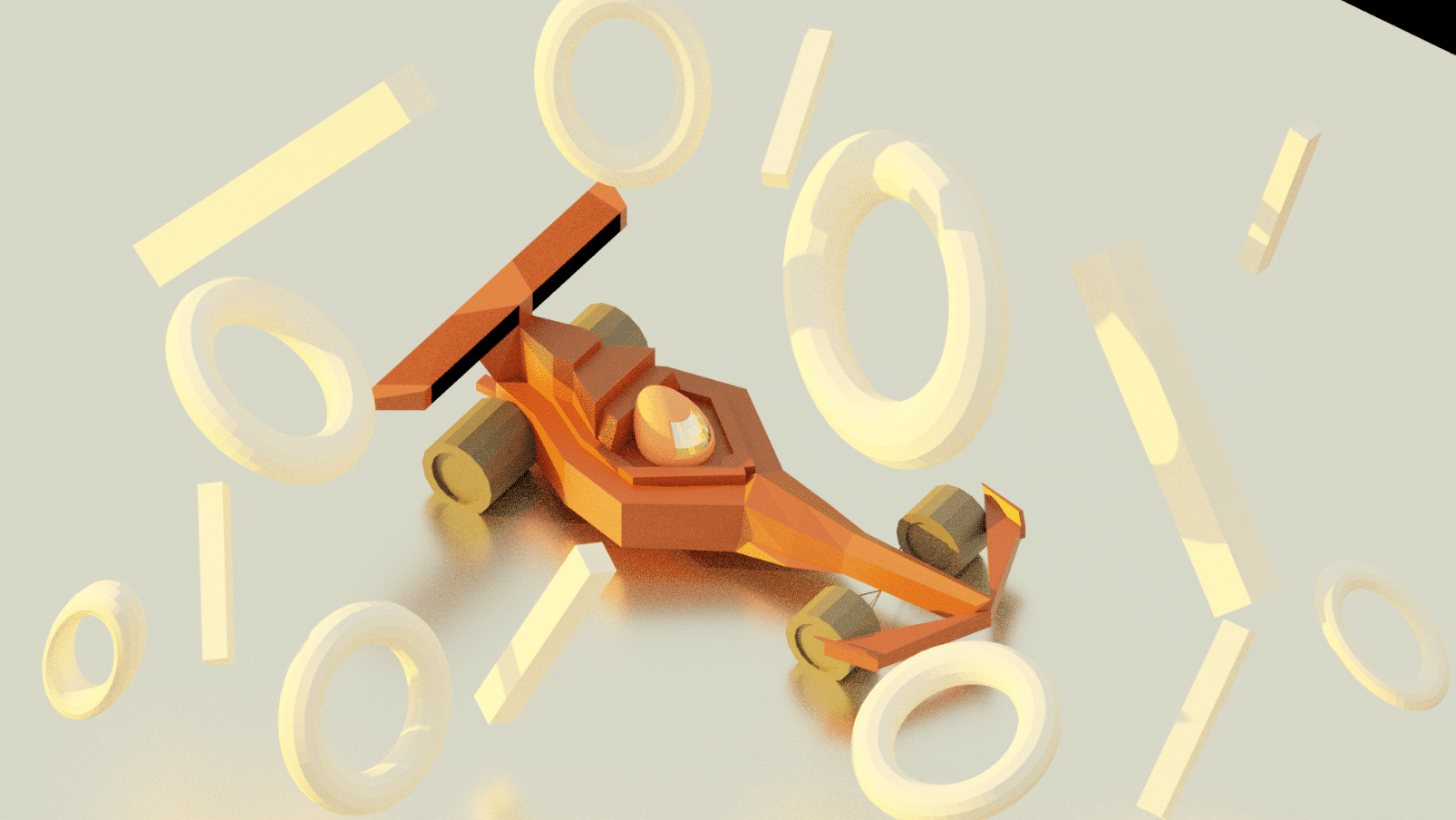
Go Further in the Digital World
Computer science is a vital part of the STEAM (Science, Technology, Engineering, Arts, and Mathematics) education framework. By incorporating computer science into STEAM, we enable students to develop problem-solving skills and creativity. For instance, programming teaches logical thinking and algorithmic reasoning, which are essential in many scientific disciplines. When students learn to code, they are not only gaining technical skills but also discovering how to approach complex challenges in innovative ways—skills that are crucial in both scientific research and artistic creation.
Video game development is a perfect example of how computer science intersects with STEAM. Creating a video game involves understanding programming languages, designing graphics, and developing narratives, blending technical skills with artistic expression. For young learners, game development can be a fun way to apply their knowledge from different STEAM areas. They can experiment with physics to create realistic movements, use mathematics for game mechanics, and harness creativity to design characters and stories. This multidisciplinary approach fosters collaboration, as students often work in teams to combine their strengths in coding, art, and storytelling.
Computer science has wide-ranging applications across various disciplines, especially in game development. From Web applications to artificial intelligence, computer science drives innovation in countless areas. It also intersects with fields such as cybersecurity, which focuses on protecting systems and data from threats, and data science, which involves analyzing large datasets to extract meaningful insights. As technology continues to evolve, the principles of computer science remain fundamental to advancing and understanding the digital world.
Traditional STEM fields provide the foundational skills necessary for innovation in STEAM, where art and technology intersect to create engaging experiences. In game development, for instance, computer science principles are essential for coding and problem-solving, while artistic elements enhance storytelling and visual design. This synergy not only leads to more creative and immersive products but also fosters job creation in various sectors, from game design to interactive media. By integrating art into STEM, we inspire a new generation of thinkers who can bridge technical expertise with creative vision, driving economic growth and cultural development.
